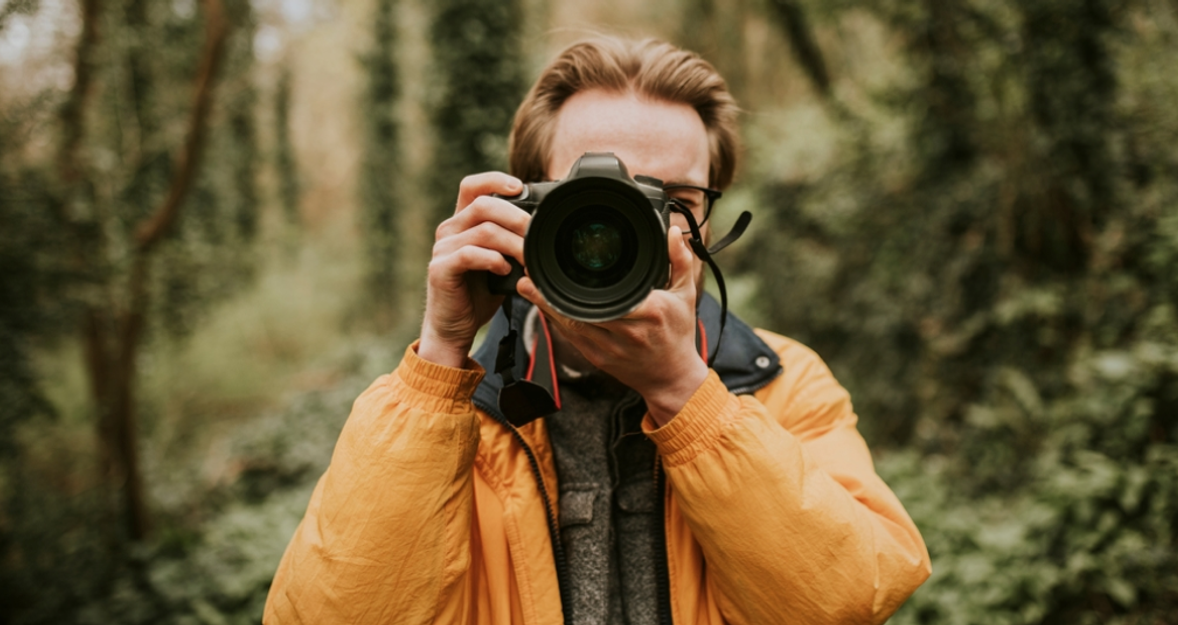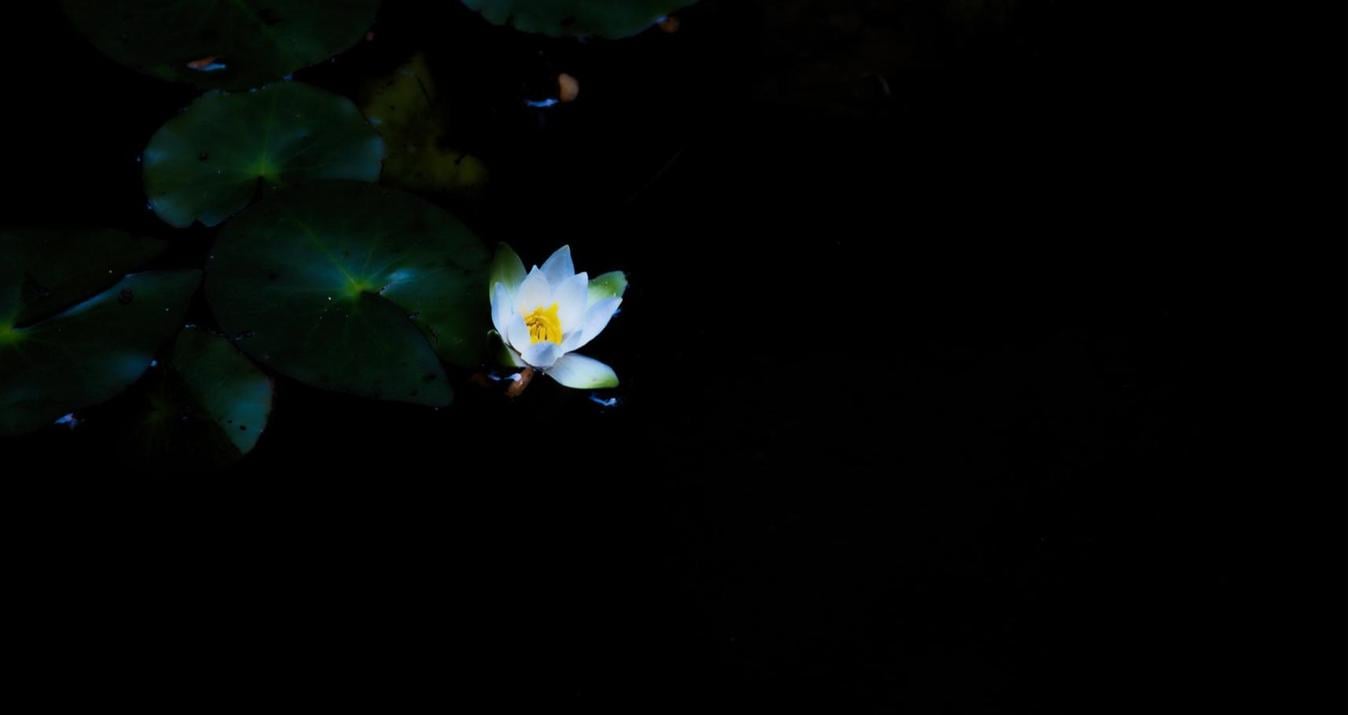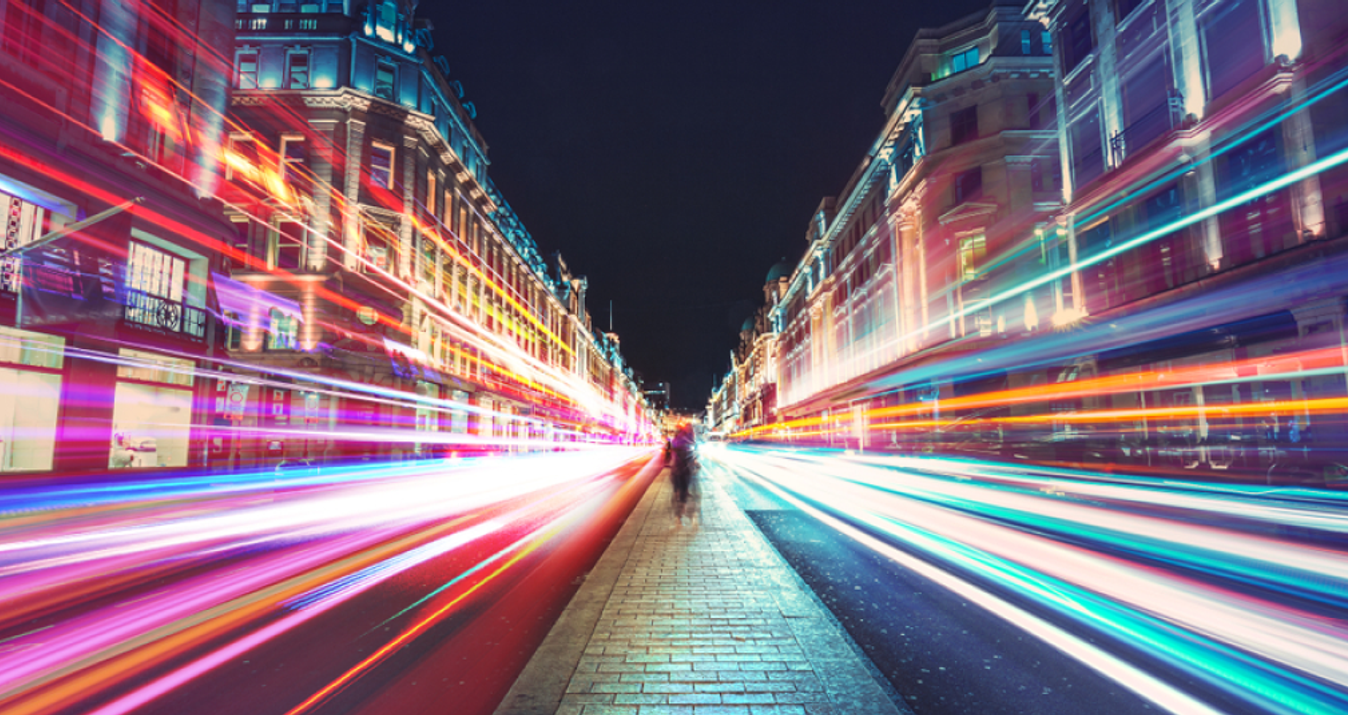Creative Photography Project Ideas
Last Updated on August 15, 2025

Explore creative photography project ideas to sharpen your vision and technical skills. Learn how focused themes, limited conditions, and repetition can boost creativity and build a strong portfolio.
A practitioner with fifteen years of experience views photography project ideas as a focused way to develop both vision and technical skills. The confinement to a specific pattern helps to be consistent, to experiment, and to be closer to the topic. It is the limitation of conditions, light, focus, or theme that is repeated, that focuses creativity on producing results. The projects also create a coherent body of work that can be presented to clients, exhibited, or form a personal archive of study.
Why Photography Projects Are Essential for Growth
 The photographer grows at a faster pace when every session is a follow-up to a sequence. Repeating the same kind of shot adds to the interaction of the camera settings, including the aperture and shutter speed, ISO, and the effect of slight mood changes.
The photographer grows at a faster pace when every session is a follow-up to a sequence. Repeating the same kind of shot adds to the interaction of the camera settings, including the aperture and shutter speed, ISO, and the effect of slight mood changes.
This is the process to make a good shot a repeatable and consistent shot. By way of illustration, a week-long project of photographing city lights at blue hour enhances the ability to control exposure in low-light environments, and a month of working on close-ups of textures enhances accuracy in focusing and framing.
Ideas for photography projects can also involve testing new workflows. One series might incorporate an AI image editor to correct white balance before manual fine-tuning quickly. The other may depend on multiple exposure stacking photography software that combines bracketed exposures to provide an equalized highlight and shadow, and a consistent look. Project concepts may include such things as:
Single-Light Portraits – to record several subjects of the same light set-up to experiment with expression and use of shadows.
Urban Reflections – to practice exposure balance, the reflective surfaces are captured after sunset.
Time-Stacked Skies – the sequential shots are merged so that movement of the clouds or stars can be seen.
Looking at the outcomes regularly, comparing initial pictures of the series to subsequent ones, will help monitor the progress and make adjustments to creative choices and eventually develop a personal style in photography.
Your AI-Powered Photo Editor for MacOS and Windows
Discover Now!Top Photography Project Ideas to Try Today
A practitioner with fifteen years’ experience recommends approaching photography project ideas as concise experiments that train observation and technique. Projects should impose a single limitation, time of day, a single lens, a repeated subject, and take place over a long enough period that progress is on display.
1. Self-Portrait Photography Projects
 The practitioner considers the self-portrait projects as a composition laboratory, a lighting laboratory, and a post-process laboratory. The usual brief is 30-90 days and has specified limitations: single lens, single background, specific time of day, or a restricted palette.
The practitioner considers the self-portrait projects as a composition laboratory, a lighting laboratory, and a post-process laboratory. The usual brief is 30-90 days and has specified limitations: single lens, single background, specific time of day, or a restricted palette.
Technical routine: configure the camera to RAW, manual exposure to freeze the desired look, select an aperture to isolate or otherwise contextualize, and either use a remote or an interval timer to operate the shutter.
What was done in a recent project: map six concepts (identity, routine, work, rest, movement, stillness), shoot 5 times per concept, compare results weekly. One notable technique is masking a photo to combine a sharply exposed face with a separately lit background; this allows controlled separation between subject and context without complex studio rigs.
When it comes to expression, the photographer prefers a 50 mm equivalent at f/2.8 to achieve intimate framing, low ISO to minimize grain, and very minor fill by reflector or mini LED panel.
Editing is done with an eye on story continuity: choose three frames each time, adjust white balance, fine-tune local tones, and make the final sequence of pictures look more or less the same in both color and contrast. The result is a technical documentation and a logical narrative of exhibitions or commissioning.
2. Rephotography Projects
 The practitioner believes in rephotography as an intentional recording that presents a time change. Among photo projects ideas, this one demands archival research, careful framing, and consistent technique. Begin with a high-resolution scan/copy of the original image and identify anchor points (corners, lampposts, rooflines), and then go back to the original location and replicate the perspective and focal length.
The practitioner believes in rephotography as an intentional recording that presents a time change. Among photo projects ideas, this one demands archival research, careful framing, and consistent technique. Begin with a high-resolution scan/copy of the original image and identify anchor points (corners, lampposts, rooflines), and then go back to the original location and replicate the perspective and focal length.
Do an investigation on the original frame.
Match the view and the tripod height.
Take bracketed RAW exposures.
At the location, the photographer exposes to bracket the dynamic range, and documents the exact height and lens used. Layers are aligned and perspective is fixed using post-processing; the resulting series is frequently accompanied by old and new frames and captions that provide the date and the way used. In a recent municipal commission, street scenes of the 1980s were recreated to capture the change in the urban setting.
3. Landscape Photography Projects
 Outdoor projects are aimed at recognizing composition, reading light, and technical processes in vast landscapes and small details of nature. A concise brief could be a three-month progression of seasonal changes at one location, or an examination of water textures with graduated Neutral Density filters and deliberate shutter speeds.
Outdoor projects are aimed at recognizing composition, reading light, and technical processes in vast landscapes and small details of nature. A concise brief could be a three-month progression of seasonal changes at one location, or an examination of water textures with graduated Neutral Density filters and deliberate shutter speeds.
The professional plans shoots based on sun path and weather, applies hyperfocal distance to achieve deep focus where necessary, and panoramas when a single frame is insufficient to cover the expanse. Editing software for photography becomes central at the processing stage: panorama stitching, exposure blending, and selective tone control preserve subtle gradients without creating artefacts.
An example of an easy concept: take a ridgeline in different seasons, print it in three pieces, and place it side-by-side to reveal the differences in color, texture, and light.
4. Urban Photography Projects
 Urban projects squeeze visual diversity into repeatable briefs that teach timing, empathy, and quick decision-making. Ideas for a photography project could chart a single street at dawn for thirty days, document storefront typography across a district, or produce a series of night windows that study interior light.
Urban projects squeeze visual diversity into repeatable briefs that teach timing, empathy, and quick decision-making. Ideas for a photography project could chart a single street at dawn for thirty days, document storefront typography across a district, or produce a series of night windows that study interior light.
Where people are involved, the practitioner focuses on permits and respectful subjects, and suggests that metadata should be tagged and that a brief note be kept of each session to create cohesion.
Technically speaking, the series employs a combination of prime and zoom lenses, manual exposure for consistency, and a RAW format to have some latitude in post. Single-frame prints with brief explanatory captions of context and exposure decisions are common final presentations.
5. Black and White Photography Projects
 The practitioner conceptualizes black-and-white series as tone-based studies, texture-based studies, and form-based studies. Among photography project ideas, this approach trains the eye to see contrast and remove color as a crutch.
The practitioner conceptualizes black-and-white series as tone-based studies, texture-based studies, and form-based studies. Among photography project ideas, this approach trains the eye to see contrast and remove color as a crutch.
Approach: choose one of the subject sets (portraits, architecture, still life), take photos in RAW at low ISO, and expose to the middle so that the details of highlights and shadows are not lost. Post-processing concentrates on curves, local contrast, and picture lighting effects to shape mood without heavy color corrections.
Subject | Typical Exposure | Processing focus |
Portraits | 1/125–1/250 s, f/2.8–f/5.6 | Skin tones, dodging/burning |
Architecture | 1/60–1/125 s, f/8–f/11 | Perspective, local contrast |
Still life | 1/30–1/4 s, f/5.6–f/11 | Texture, vignette control |
For example, a month-long series of urban portraits shot at dusk, converted to monochrome with restrained contrast, produced a cohesive exhibition-ready body of work.
6. Nature and Outdoor Photography Projects
 A photographer plans projects in a natural environment to learn about cycles and weather patterns. One of the stronger ideas for photography projects focuses on seasonal change at a fixed location: visit the site at sunrise, midday, and twilight across weeks, record variations in light and subject behavior, and keep exposure notes. Technique tips are hyperfocal distance, graduated filters to help with bright skies, and intentional shutter-speed selection to control motion.
A photographer plans projects in a natural environment to learn about cycles and weather patterns. One of the stronger ideas for photography projects focuses on seasonal change at a fixed location: visit the site at sunrise, midday, and twilight across weeks, record variations in light and subject behavior, and keep exposure notes. Technique tips are hyperfocal distance, graduated filters to help with bright skies, and intentional shutter-speed selection to control motion.
A utilitarian result: a triptych of dry, rainy, and thawed versions of the same scene, marked with shooting settings and short field notes. Rain photography becomes a planned technique in this context: capture droplets on foliage, reflections on wet ground, and the texture of falling rain with short bursts or long exposures, depending on intent.
7. Experimental Photography Projects
 The practitioner considers experimentation as a laboratory of the new visual language. A formal experimental brief could be included among the photo project ideas and may involve a combination of hybrid film processes, in-camera multiple exposures, and computational blending. Experimental methods to be tried: long exposures, light painting, pinhole series, solargraphy, and film emulsion manipulation using chemicals.
The practitioner considers experimentation as a laboratory of the new visual language. A formal experimental brief could be included among the photo project ideas and may involve a combination of hybrid film processes, in-camera multiple exposures, and computational blending. Experimental methods to be tried: long exposures, light painting, pinhole series, solargraphy, and film emulsion manipulation using chemicals.
A brief, concentrated list of methods:
layers of stories through in-camera multiple exposure;
controlled blur of camera motion to abstraction;
combined analog/digital processes on manual scans.
Example: a sequence of self-portraits made in pairs by making two exposures on the film and then masking out part of the image using digital tools and matching tonality to achieve prints to be shown. Selfie tips are folded into experimental self-portraits: use remote triggers, change focal lengths between frames, and test off-camera LEDs to record unusual rim light and capture movement.
8. Photography Series Projects
 The use of series assists in creating unity and storyline in a series of images. Among photography project ideas, this format works well when exploring a theme over weeks or months – such as a set of portraits in the same environment, or architectural studies captured at different times of day.
The use of series assists in creating unity and storyline in a series of images. Among photography project ideas, this format works well when exploring a theme over weeks or months – such as a set of portraits in the same environment, or architectural studies captured at different times of day.
Consistency of shooting in terms of composition, color palette, or lighting style adds strength to the visual unity. As an example, a black and white portrait photography series of workers of various communities in their places of work can convey character and atmosphere, and leave all images as part of a bigger visual narrative.
9. Personal and Everyday Photography Projects
 Projects of everyday life help cultivate keen observation and find beauty in the mundane. Common ideas for photography projects in this category include documenting morning routines, street scenes from a specific neighborhood, or family interactions over time.
Projects of everyday life help cultivate keen observation and find beauty in the mundane. Common ideas for photography projects in this category include documenting morning routines, street scenes from a specific neighborhood, or family interactions over time.
One methodological approach could be to choose a specific time of day for shooting and limit the number of frames taken, which will require accuracy and ingenuity.
Case in point: shooting 30 days of meals, commutes, and quiet moments with a single prime lens can become an intimate visual diary. Such projects help many photographers develop their composition sense, learn to play with natural light, and develop a certain style in their editing.
The same method can be used with beautiful landscape photos taken on everyday walks, building up a portfolio of images that will capture something of the scene and an emotional atmosphere.
10. Photography Projects Inspired by Social Causes
 The visual storytelling projects are accompanied by advocacy. When it comes to photo project ideas, these include capturing changes in the local environment as well as producing portraits of the underrepresented communities. Unity of message and tone is important-picking certain topics, places, and times that directly relate to the cause will enhance power.
The visual storytelling projects are accompanied by advocacy. When it comes to photo project ideas, these include capturing changes in the local environment as well as producing portraits of the underrepresented communities. Unity of message and tone is important-picking certain topics, places, and times that directly relate to the cause will enhance power.
Photographers usually work with non-profits, showing the series in local community places or online to get attention. By treating photography projects ideas as a communication tool, each frame contributes to a larger conversation beyond the image itself.
Why Choose Luminar Neo for Your Photography Projects
 Luminar Neo offers an intuitive workflow that suits both beginner and advanced photographers, making it a strong choice for turning photography project ideas into finished works. Its AI-enhanced tools accelerate editing without interfering with creative control to make specific changes to color, exposure, and texture.
Luminar Neo offers an intuitive workflow that suits both beginner and advanced photographers, making it a strong choice for turning photography project ideas into finished works. Its AI-enhanced tools accelerate editing without interfering with creative control to make specific changes to color, exposure, and texture.
The masking features of the program enable the isolation of a subject or background to be changed, which makes it simpler to sharpen the details of a portrait, street, or nature photograph.
Exclusive Tools of Endless Possibilities in One AI Editor
Explore Now!For example, when working on photo projects ideas such as seasonal landscapes or thematic portraits, the AI image relighting tool can adjust shadows and highlights with accuracy, giving the final image a polished look. Adjustments made with presets are also useful in ensuring a similar style in a series of photographs.
Whether you’re working on short-term experiments or long-term project ideas for photography, Luminar Neo provides the flexibility and speed to keep the creative process fluid.
Final Tips for Staying Inspired
Inspiration for photography projects ideas often comes from combining regular practice with fresh challenges. Give yourself time goals, such as a miniseries per month, or place-based, such as a new neighborhood each weekend. Perspective may also be altered by changing gear or focal length, and then new vistas are opened up in otherwise familiar scenes.
In creating photo project ideas, create a visual journal of sketches, reference photos, and a color palette. Reading them can evoke new ideas when creativity is low. Sharing work with peers in online forums or local photo walks will bring an outsider's opinion and may be a source of inspiration.
Ultimately, exploring diverse ideas for photography projects ensures continuous growth, making the camera feel like an open door to new visual stories rather than a routine tool.





